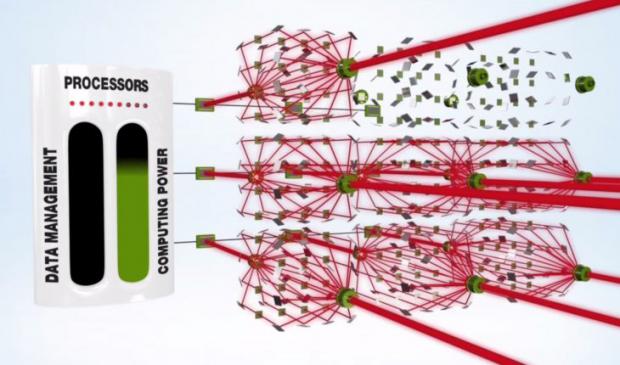
Breaking News
 Nancy Pelosi has officially announced her RETIREMENT at the end of her term, January 3, 2027.
Nancy Pelosi has officially announced her RETIREMENT at the end of her term, January 3, 2027.
 Omeed Malik: The Technocrat Muslim Billionaire Inside MAGA
Omeed Malik: The Technocrat Muslim Billionaire Inside MAGA
 Democrat-led government shutdown is now causing flight delays, threatening air traffic control,...
Democrat-led government shutdown is now causing flight delays, threatening air traffic control,...
Top Tech News
 HUGE 32kWh LiFePO4 DIY Battery w/ 628Ah Cells! 90 Minute Build
HUGE 32kWh LiFePO4 DIY Battery w/ 628Ah Cells! 90 Minute Build
 What Has Bitcoin Become 17 Years After Satoshi Nakamoto Published The Whitepaper?
What Has Bitcoin Become 17 Years After Satoshi Nakamoto Published The Whitepaper?
 Japan just injected artificial blood into a human. No blood type needed. No refrigeration.
Japan just injected artificial blood into a human. No blood type needed. No refrigeration.
 The 6 Best LLM Tools To Run Models Locally
The 6 Best LLM Tools To Run Models Locally
 Testing My First Sodium-Ion Solar Battery
Testing My First Sodium-Ion Solar Battery
 A man once paralyzed from the waist down now stands on his own, not with machines or wires,...
A man once paralyzed from the waist down now stands on his own, not with machines or wires,...
 Review: Thumb-sized thermal camera turns your phone into a smart tool
Review: Thumb-sized thermal camera turns your phone into a smart tool
 Army To Bring Nuclear Microreactors To Its Bases By 2028
Army To Bring Nuclear Microreactors To Its Bases By 2028
 Nissan Says It's On Track For Solid-State Batteries That Double EV Range By 2028
Nissan Says It's On Track For Solid-State Batteries That Double EV Range By 2028
Breakthrough AI convolutional neural network using an optical coprocessor

The UK-based company has developed optical computing hardware that uses lasers and spatial light modulators (SLMs) to perform complex numerical processing at extremely high speeds and using very little power.
The optical laser technology enables them to process this model several orders of magnitude faster than conventional electronic hardware and does so at a fraction of the energy consumption.
In 2015 and 2016, Optalysys had completed a 320 gigaflop prototype and was talking about reaching about 9 petaflops in 2017, 300 petaflops in 2020 and then 17 exaflops in 2022. Optalysys is no longer publishing any statements about future performance targets.
They applied optical processing to the highly complex and computationally demanding area of CNNs with initial accuracy rates of over 70%.
Besides AI, the company has used its technology in a number of other domains, including bioinformatics, weather simulations, and mathematical processing. This application work led to the following proof-of-concept projects:
Project Genesys: delivered a working prototype of a genetic search system for The Earlham Institute (to perform sequence searches of metagenomic reads sequenced from the Human Microbiome Project Mock Community.

 The Technocratic Dark State
The Technocratic Dark State Carbon based computers that run on iron
Carbon based computers that run on iron

